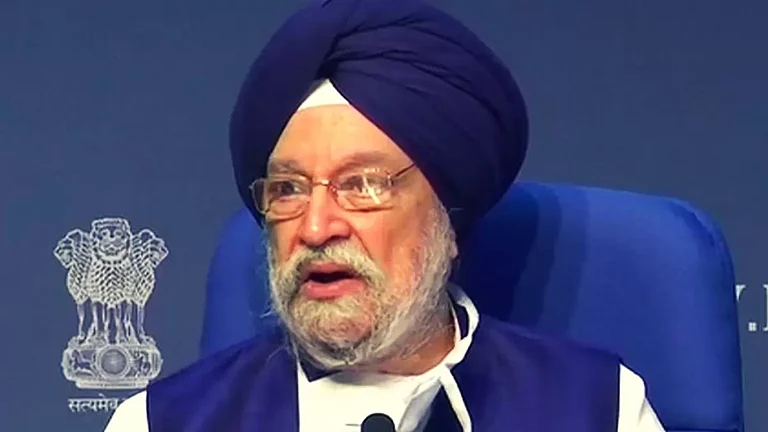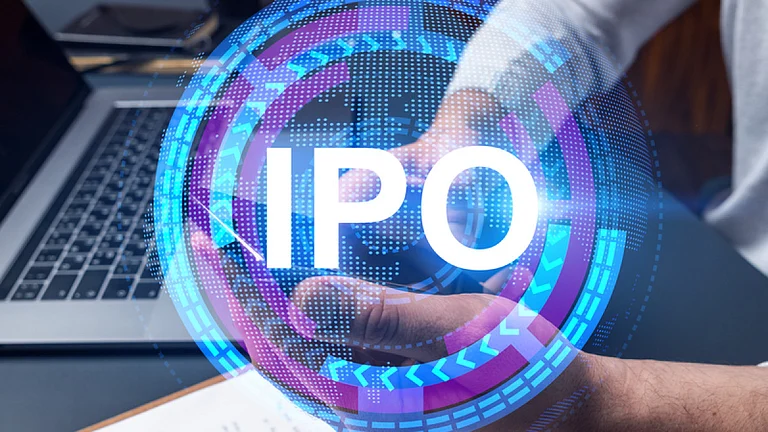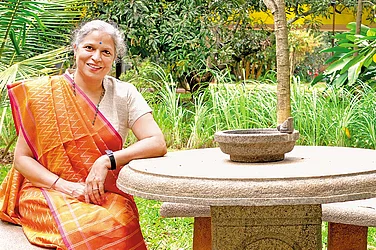With 120 million wallets, India’s largest mobile wallet company Paytm boasts of a user base that is six times the number of credit card users in the country. Paytm, which counts Chinese e-commerce giant Alibaba among its backers, has a differentiated strategy compared with other mobile wallet companies: it wants to be present everywhere the consumer is transacting and own the entire life cycle of pay, shop and save. The company also runs an online marketplace where over 100,000 merchants sell their goods. But unlike other e-commerce players, Paytm does not have its own fulfilment centres or inventory. “We want to be the online face of the offline players. In the inventory-led model, your expansion plans are limited by the cash that you have,” says Sudhanshu Gupta, who heads the marketplace business at Paytm. He points out that about 50% of the company’s e-commerce sales come from tier 3 and 4 towns and there are many sellers who are waiting to take their business online. Paytm is looking to host about 500,000 merchants on its platform by end-2016.
Of its current gross merchandise volume (GMV) of $4 billion, sales from the marketplace account for about 50%. The company hopes to clock a GMV of $10 billion by the end of the year, with e-commerce contributing roughly the same percentage. Helping it achieve that number will be the next two parts of Paytm’s overall strategy — a bigger offline merchant network and payments banks. In November 2014, the company started giving its offline presence a big push: it gave its merchants a sticker with a personalised QR code, which was put up near the cash counter. Customers with Paytm accounts could then scan the code using their smartphones and the amount to be paid would be transferred from their wallets to the merchant’s. Founder Vijay Shekhar Sharma is taking Paytm’s offline strategy very seriously; he was quoted in a recent news report saying, “This year, we will be present offline in every nook and corner.” The company is currently clocking 3.5 million offline transactions per month, with its network now including small kirana and paan shops, auto drivers, vegetable vendors and bigger retail outlets such as Aditya Birla Group’s food and grocery arm More, Indian Oil petrol pumps and food chains such as Barista, Costa Coffee, KFC and Pizza Hut, apart from the Delhi Metro and several schools and colleges.
The company is working on various models that will enable customers to pay offline, including QR codes, one-time passwords and even sound-based payments systems at toll gates. Misra points out there are only 1.3 million point of sale (PoS) terminals, limiting the use of digital payments, and Paytm wants to overcome this by targeting nearly two to three times this figure by the end of the year. The company does not charge its offline merchants by transaction and instead hopes to build enough use cases for them to spend on the Paytm network instead of taking money out of the system. Customers could then pay utility bills, make phone recharges, buy train tickets, shop, pay school fees and even top up other Paytm wallets.
Cashbacks form an important part of the strategy the company uses to encourage customers to make repeat transactions. Paytm spent around Rs.600 crore on cashbacks in the past year alone and is looking to rationalise cashbacks this year. The final part of its strategy will be the launch of its payments bank later this year. “Payment banks will make up the backbone of digital payments in India. Payments and marketplaces can only get you so far. If you want to have half a billion of Indians on the digital platform, you will need to offer financial services, and that’s what we are banking on,” says Nitin Misra, vice-president, Paytm, who also heads the company’s payments business. The payments bank will enable Paytm to offer its customers financial services and complete the life cycle of pay, buy and save with an offering of saving accounts and investment products.






























